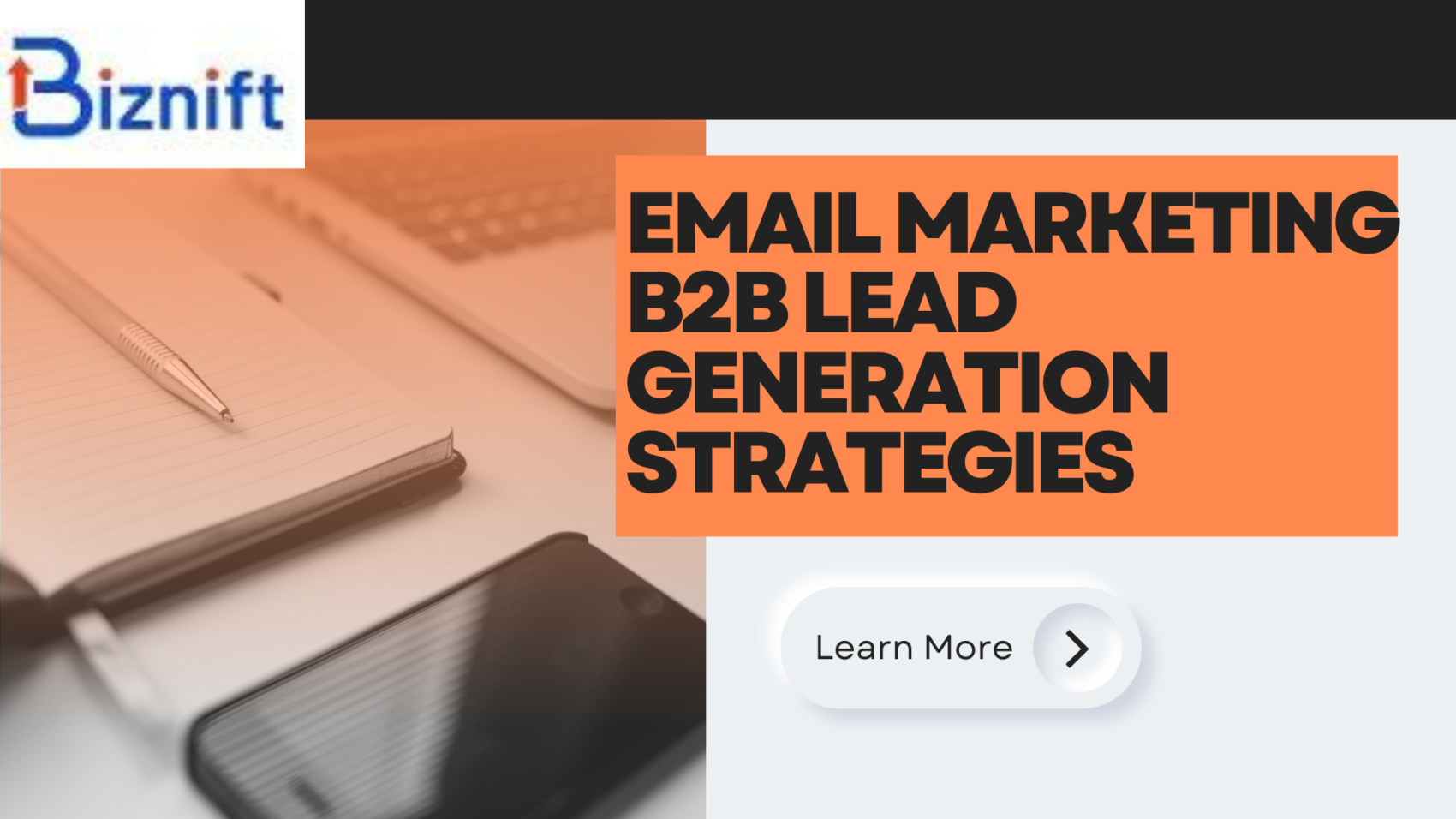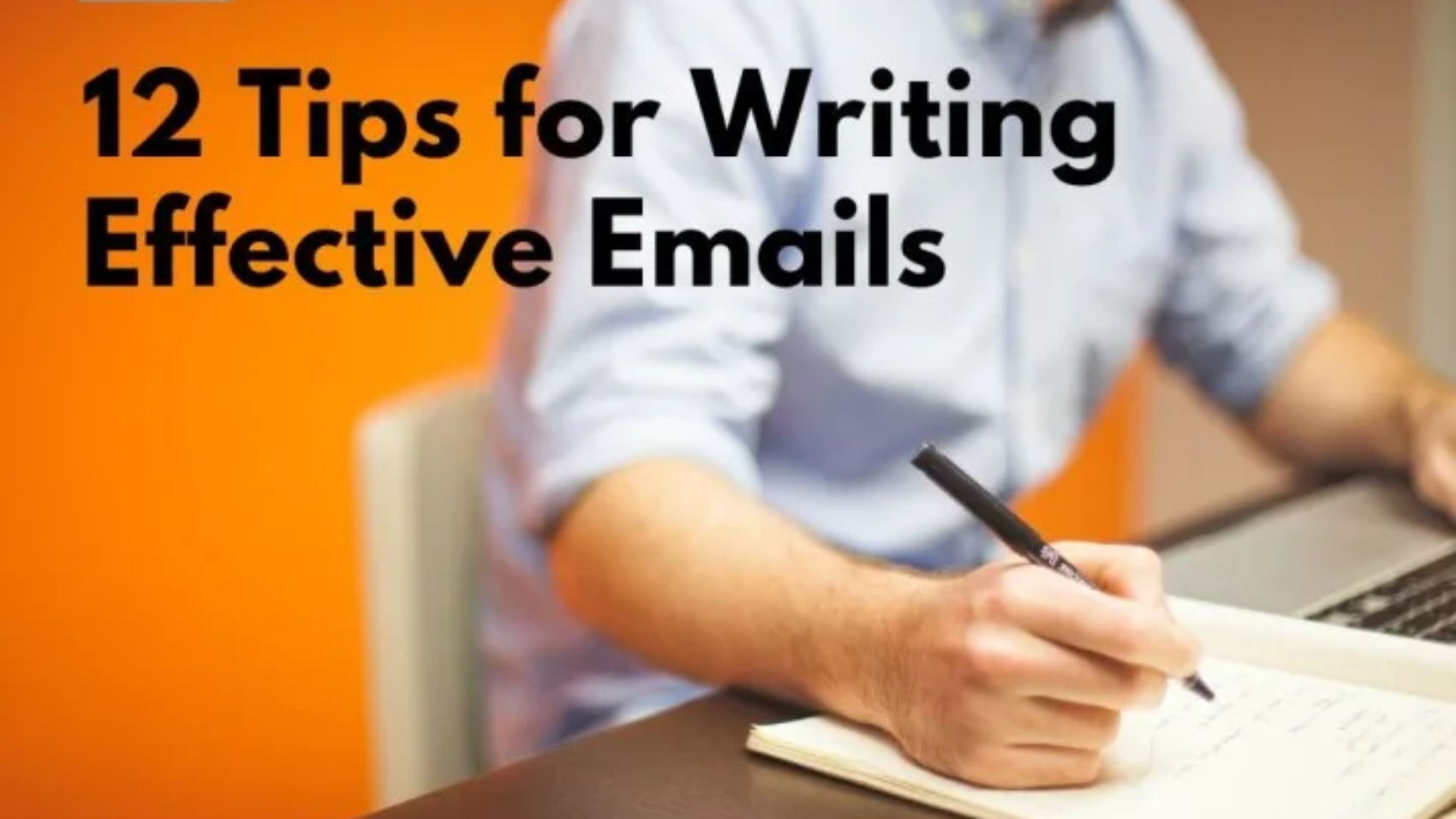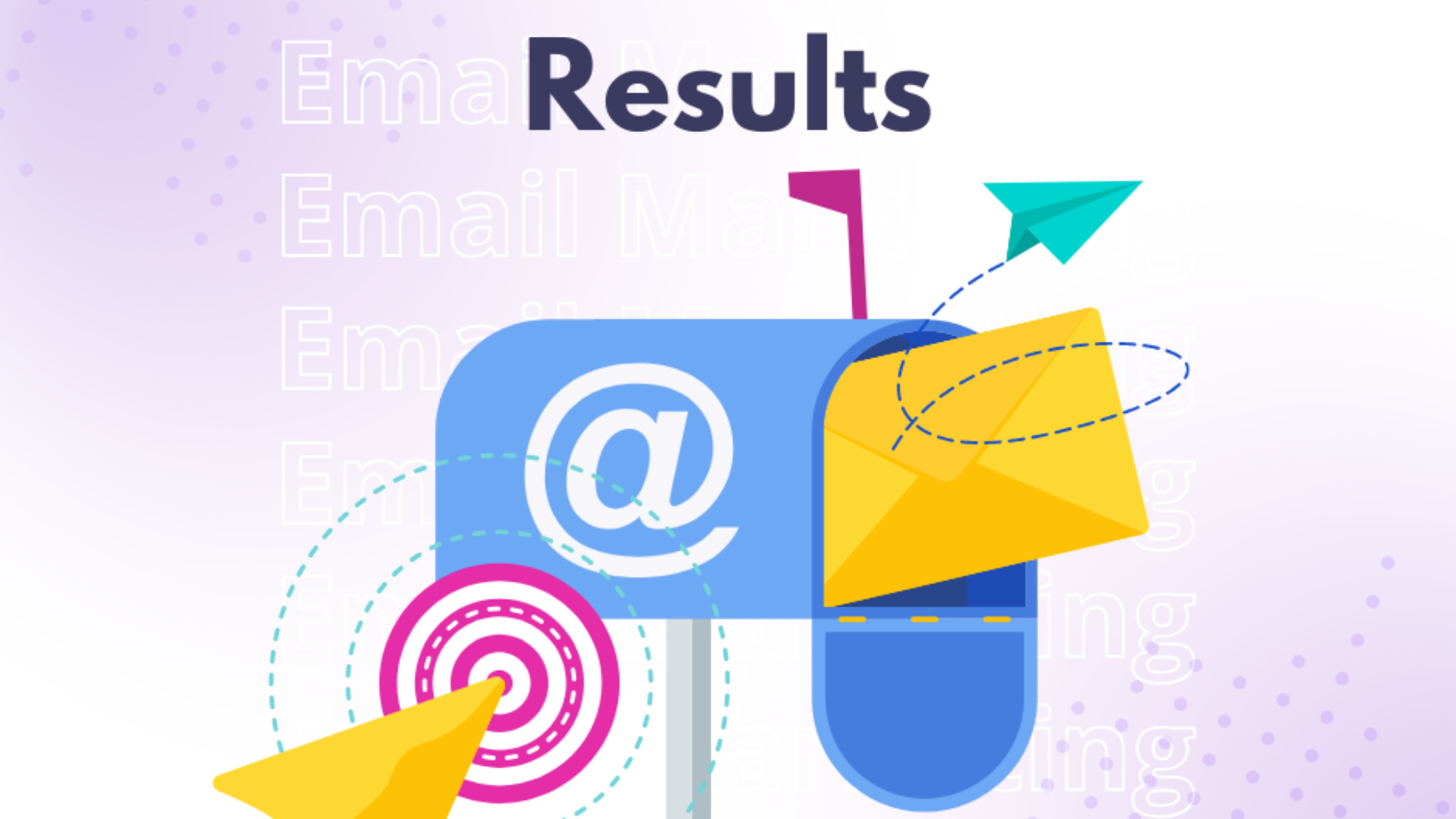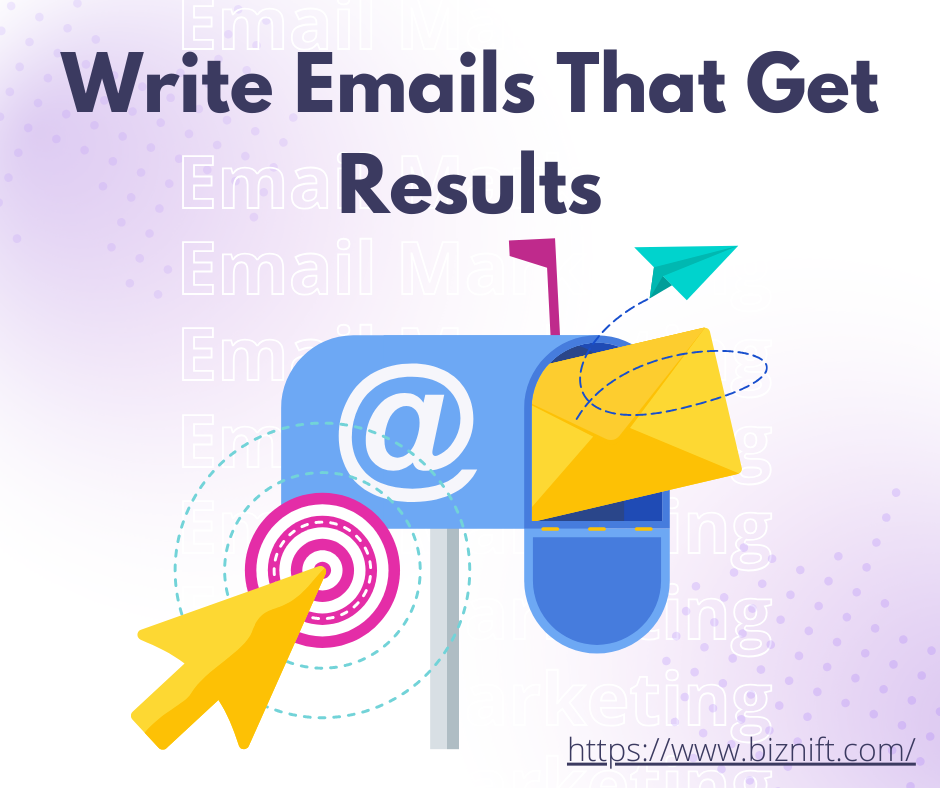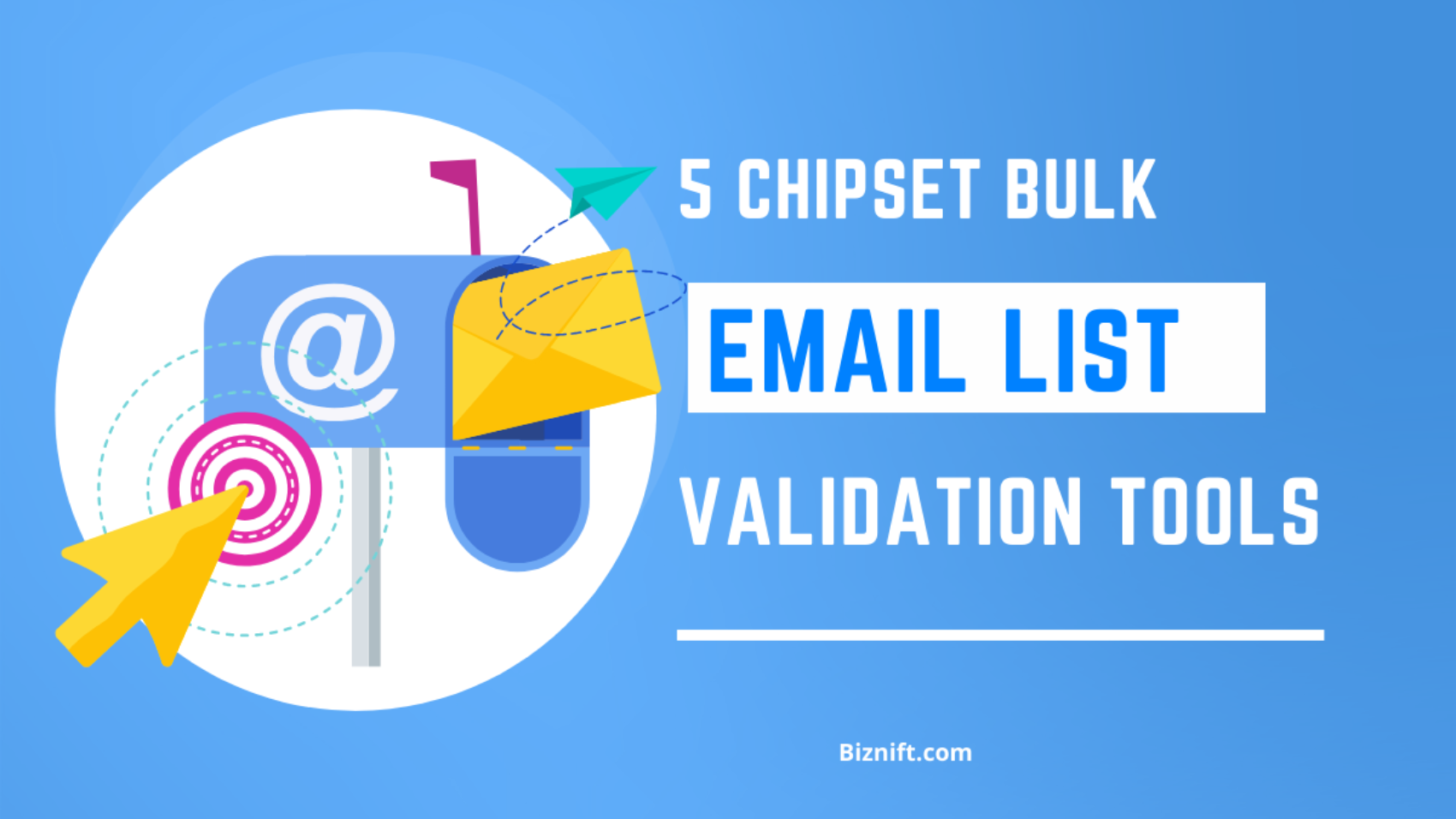Introduction
Welcome to Biznift your reliable and most demanding company in B2b Lead Generation and Email Marketing.Our customized solutions guarantee that your message reaches the correct audience at the correct moment as companies negotiate the digital terrain. Emphasizing accuracy and impact, our area of expertise is creating customized email campaigns that generate interaction and sales. Our committed team is ready to provide quantifiable results whether your goals are to increase customer retention or broaden your clientele. See how we might improve your current digital marketing initiatives.If you are looking for an best Email Marketing services so you are right place visit our services.
Email Marketing B2B Lead Generation Services
13 Email Marketing B2B Lead Generation Strategies
Know Your Target Audience
Good email marketing relies on understanding of your audience. Six times higher transaction rates are claimed by Experian from tailored emails than from non-personal ones. By capturing important data including industry, interests, and demographics, using a CRM system allows you to quickly segment your email list. This segmentation helps you to design targeted campaigns covering the specific needs, interests, and pain points of every audience group. For instance, as a B2B marketing automation tool supplier you can customize material based on industry, size of company, job title, or location. Using dynamic content enhances personalization even more by customizing email content depending on recipient behavior or interests—that is, by referencing current events or product recommendations. These methods not only boost involvement but also help your audience to connect with you, thus encouraging important interactions and conversions.
Create Excellent Material
Properly captivating your audience depends on developing great material. It’s about producing worthy, relevant, and fascinating material appealing to your readers that goes beyond mere fact-based presentation. Excellent content builds trust, teaches, and offers entertainment value visual appealing multimedia, compelling stories, or instructional articles. Constant delivery of products that meet the needs and interests of your audience helps you establish your brand as a trustworthy authority in your field, enhancing interaction and long-term relationships with your customers.

Improve Design of Your Emails
The effectiveness of your email design will determine how interested your audience is captured and maintained. Apart from visual appeal, a well-designed email ensures readability and accessibility over many devices. From layout to use of striking images and concise, clear copy, every element should naturally guide the reader across your message. If you focus on user experience and mobile responsiveness, your email marketing campaigns will be more successful since they will inspire recipients to act and so maximize involvement.
Refine Your Strategy with A/B Testing
A planned approach to enhance your email marketing strategy is A/B testing. Testing many elements—such as subject lines, call-to-action buttons, or content variations—helps you to learn what most interests your readers. Real-time feedback allows this data-driven approach to maximize campaign performance, so improving open rates, click-through rates, general conversion rates. Constant iteration based on results of A/B tests guarantees that your email marketing campaigns remain successful and in line with the preferences of your audience, so optimizing the impact of every campaign.
Use Marketing Automation
By means of simplicity, using marketing automation helps businesses to enhance their email marketing campaigns. Automating tiresome tasks including email scheduling, segmentation, and customized follow-up depending on user behavior helps you save time and increase effectiveness. Apart from enabling you to keep regular contact with your audience, this guarantees timely and relevant interactions supporting leads through the sales process. By means of automation tools, businesses can effectively scale their email marketing campaigns and offer tailored experiences that stimulate interaction and conversion, improving their efforts.
Customize Your Correspondents
By means of simplicity, using marketing automation helps businesses to enhance their email marketing projects. Automating repetitive tasks including email scheduling, segmentation, and customized follow-up depending on user behavior will save time and increase efficiency.
Apart from enabling you to keep regular contact with your audience, this guarantees timely and relevant interactions supporting leads through the sales process. By means of automation tools, companies can efficiently scale their email marketing campaigns and offer tailored experiences that stimulate participation and conversions
Sort Your Email List
Your email list can be segmented to create smaller, targeted groups based on demographic, behavior, or purchase history. Every segment will benefit much from receiving relevant and tailored content, improving interaction and conversion rates. Whether that means tailoring promotions to specific interests or sending reminders based on past interactions, segmentation ensures that your emails are more valuable and powerful to receivers. This deliberate strategy not only increases the effectiveness of your email marketing campaigns but also strengthens relationships with your audience by offering content that speaks to their particular needs.
Apply lead scoring
Lead scoring is the way your emails, website, and other touchpoints value leads based on their interactions. This process helps to prioritize and direct efforts on leads most likely to become consumers. Tracking and analyzing engagement data including email opens, clicks, website visits, and downloads will enable you to reasonably estimate lead interest and purchase ready state. This data-driven approach helps to ensure that priceless resources are allocated where they will most be most effective by letting sales and marketing teams better coordinate. Lead scoring finally boosts general conversion rates, speeds the sales cycle, and increases efficiency by focusing on leads with the best possible conversion potential.
Add Clear CTAs (call-to- actions)
Including explicit CTAs (Call-to- Action) will enable your audience to be guided towards desired actions and so maximize the success of your email campaigns. Direct, specific, and compelling, a strong CTA should motivate receivers to act immediately. Whether they inspire purchase, download a resource, register for an event, or call your sales team, clearance and urgency are absolutely vital. Carefully arranging CTAs in your emails, using actionable language, and ensuring they aesthetically appeal will help you significantly boost engagement and conversions. Clear CTAs not only let recipients know what you want them to do but also help them act naturally, so optimizing the impact of your email marketing campaigns.
Monitor and Analyze Metric
Constant monitoring and metric analysis of your email marketing projects will help to maximize their performance. Monitoring significant benchmarks including open rates, click-through rates, conversion rates, and unsubscribed rates will help you to better know how recipients are responding to your emails. This data helps you identify areas needing improvement, spot trends, and determine which materials your audience will most find relevant. Analyzing data across time also enables you to assess initiatives in segmentation, A/B testing, and strategy effectiveness. By means of these insights, you will be able to make informed decisions to enhance your email content, targeting, and overall strategy so that every campaign satisfies its objectives and supports your corporate goals.
Complement with CRM systems
Connecting with CRM ( Customer Relationship Management) systems and matching consumer data across platforms will help your email marketing campaigns be more successful and economical. From one point of view, seeing consumer interactions, preferences, and purchase behavior calls for simply connecting email marketing tools with CRM systems. By means of segmentation of your audience and hence personal communication, this integration—using real-time data—allows tailored campaigns appealing to particular needs. Matching email campaigns with CRM data also enhances lead nurturing methods, simplifies lead management, and lets sales teams easily follow-up. Using CRM systems finally helps you to improve client relationships, produce measurable outcomes in your marketing projects, and provide more customized experiences.
Share Valuable offers and Incentives
Using your email marketing campaigns, offers and incentives are a smart way to draw in and keep clients. Discounts, special promotions, or free materials pertinent to your audience’s interests will appeal to and motivate them right away to open your emails. These offers can inspire receivers to engage in desired activities including making a purchase, registering for a service, or downloading material, thus fostering both fast conversions and long-term customer loyalty. Moreover, you can maximize their efficacy and improve general campaign performance by timing these offers depending on consumer behavior and preferences deliberately. Sending valuable offers and incentives via your emails not only raises engagement and conversion rates but also improves the relationship between your brand and consumers, so supporting ongoing corporate development.
Create Relationships
Developing leads and fostering long-term customer loyalty in email marketing depend on creating relationships by follow-up. Depending on past interactions, good follow-up emails address questions or concerns, provide relevant information, and offer extra value; they so transcend first interactions. Customizing follow-ups depending on consumer preferences and behavior shows sensitivity and care, which develops confidence and drives returning business. Moreover, frequent follow-ups help you to keep top-of- mind with prospects and customers, guiding them through the sales process and so supporting the commitment of your brand to their needs. This ongoing communication not only strengthens bonds but also enables your business to be a trustworthy advisor, enhancing retention rates and lifetime value of your customer base.
At the End
Learning email marketing and B2B lead generation calls for a calculated mix of knowledge of your audience, creation of engaging material, design for maximum interaction, and use of automation for economy. In the digital sphere of today, companies can build significant relationships and drive powerful results by customizing messages, segmenting lists, and improving strategies through testing.

